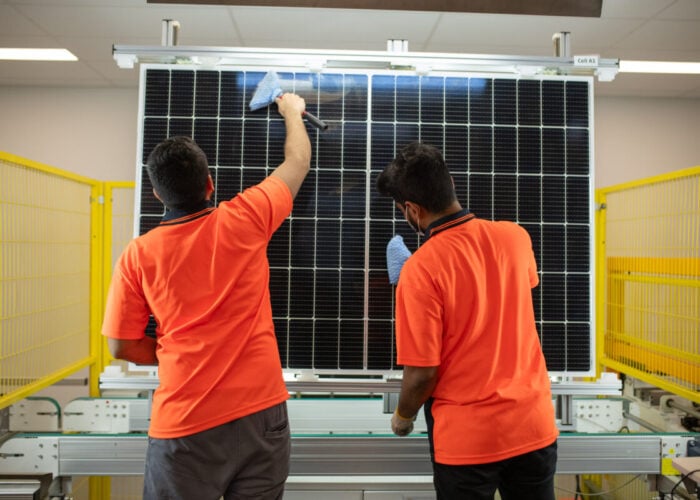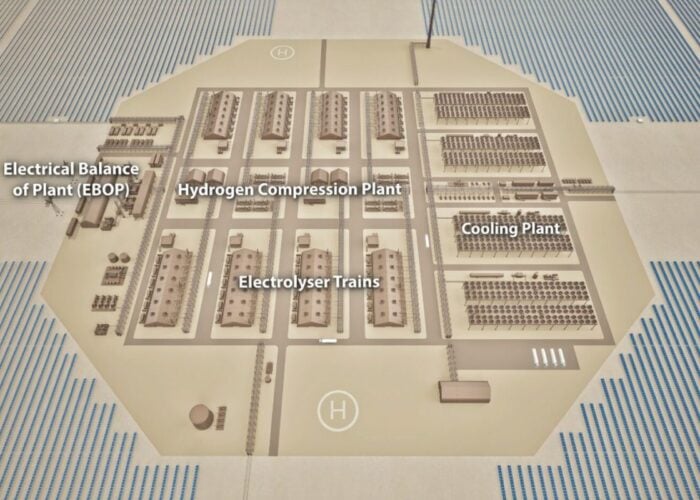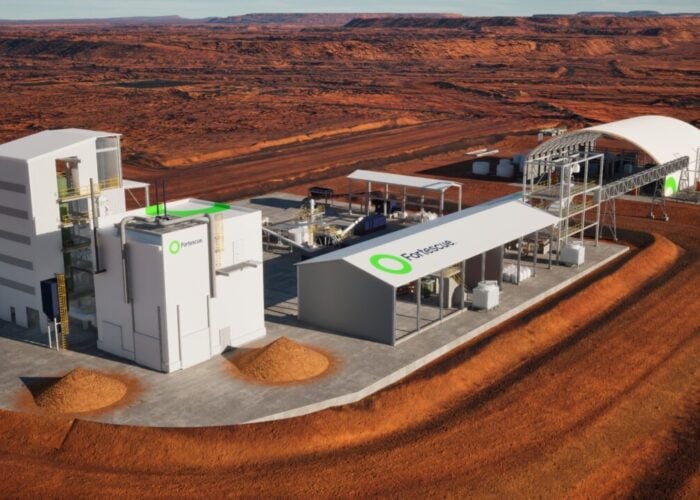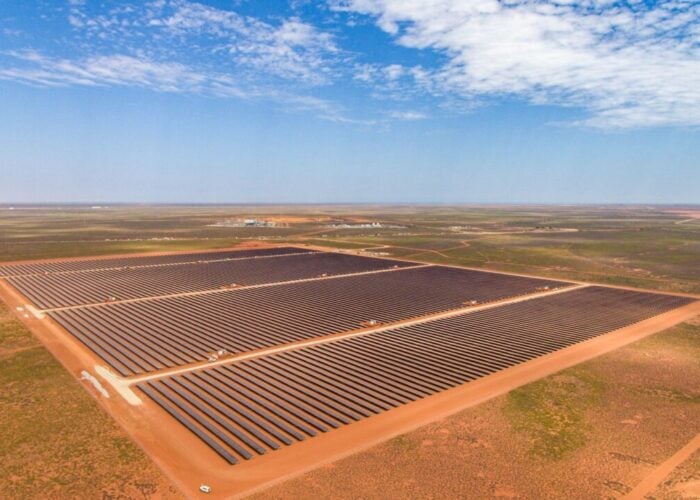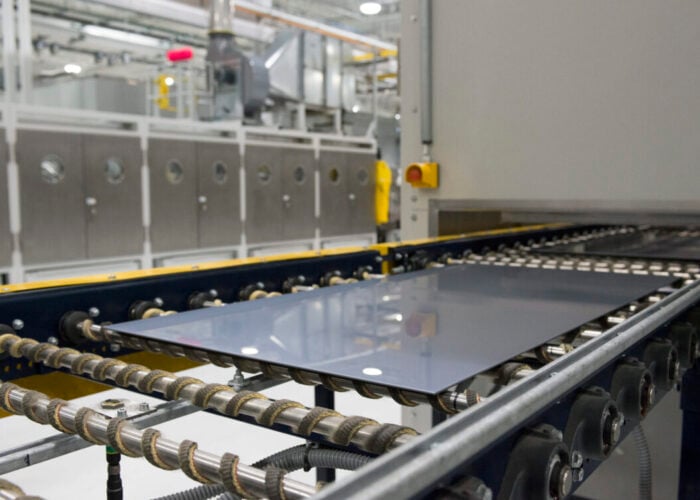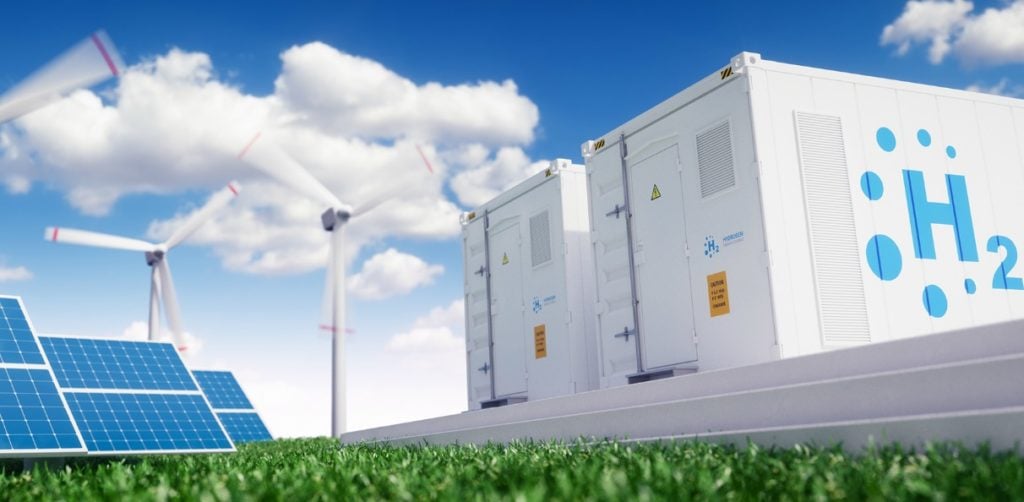
PV manufacturer and Solar Module Super League (SMSL) member First Solar has partnered with a Norwegian hydrogen power company to develop a portfolio of green hydrogen production facilities.
As part of the project, First Solar and Norway’s Nel Hydrogen Electrolyser AS will work together to develop a power plant control and Supervisory Control and Data Acquisition (SCADA) system.
Unlock unlimited access for 12 whole months of distinctive global analysis
Photovoltaics International is now included.
- Regular insight and analysis of the industry’s biggest developments
- In-depth interviews with the industry’s leading figures
- Unlimited digital access to the PV Tech Power journal catalogue
- Unlimited digital access to the Photovoltaics International journal catalogue
- Access to more than 1,000 technical papers
- Discounts on Solar Media’s portfolio of events, in-person and virtual
The companies said in a statement that the SCADA system is “critical” to optimise solar-plus-hydrogen power projects and generate low-cost electricity as a result.
Mark Widmar, First Solar’s chief executive, said that the company’s expertise in producing CadTel solar technology makes it “well positioned to address the market need for large-scale green hydrogen.” The manufacturer hit a nameplate Series 6 CdTe thin film manufacturing capacity of 7.9GW in the first three months of 2021, having implemented various cell efficiencies programs, established yield improvements and boosted line throughputs across six production facilities.
“As solar energy becomes mainstream, this is an excellent example of how we will power the new alternatives.”
It is the latest green hydrogen collaboration announced this spring, after energy companies Iberdrola, Total Eren and EDF Renewables all said they will partner with others to develop low-emissions hydrogen power systems in the past month.
More recently, fellow SMSL member LONGi Green Energy signed a strategic agreement with Chinese oil and gas major Sinopec to cooperate on green hydrogen development. The news came shortly after LONGi announced the establishment of a new business unit dedicated to the low carbon energy.
A recent report from BloombergNEF has predicted that green hydrogen may become cheaper than natural gas by 2050 if costs in the solar sector continue to fall, but renewable energy investor Smartenergy told PV Tech last month that the industry still faces key challenges around system integration, government support and project scale.
Analysis from IHS Markit estimates that when electrolysis costs fall below US$2/kg, that is when green hydrogen starts becoming competitive with hydrogen produced with fossil fuels. Earlier this year a group of 30 solar developers, utilities, gas transmission system operators, infrastructure funds and consultants founded a new coalition to bring the cost of green hydrogen down below this by 2030, adding 95GW of solar and 67GW of electrolysis capacity by the end of the decade.
Jon André Løkke, Nel’s chief executive officer, said that the company will “leverage our capabilities to extend our common product offering the end customer with a target to be able to deliver the lowest total cost of solar to hydrogen.”

